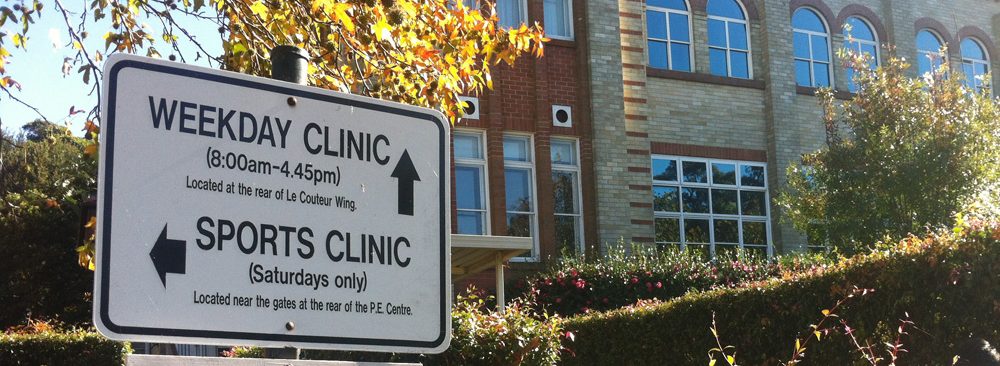From the School Nurse
I am often asked the difference between a CT scan and an MRI scan.
CT or CAT stands for Computerised Axial Tomography and was developed in the early 1970s. It uses X ray-like technology to take ‘slices’ or images of the body. A 64 slice CT scanner can take up to 64 images in one rotation. CT is very good for imaging bone structures, including the pelvis, blood vessels, the lungs, bleeding in the brain and the abdomen.
The person lies on a ‘bed’ which slides into a large circular machine. This x-ray tube takes images which are then collected by a computer. The CT scan can take up to 30 minutes but is often over in less than five minutes. Bone shows up as white; gases and liquids as black; and tissue as varying shades of grey.
MRI stands for Magnetic Resonance Imaging and was first used in the late 1980s. It uses no radiation but instead creates a magnetic field. A scanner then sends radio waves into the body and measures the response of the cells.
Tendons and ligaments around the shoulder and knee are best viewed by the physics used in MRI. This is due to the density of the tissues that compose the tendons and ligaments. The spinal cord also shows up better using an MRI.
The test takes longer than a CT, often 45 minutes, and requires the person to remain very still for long periods which is not the easiest if you are claustrophobic. It is also a noisy machine and unsuitable for people with pacemakers or internal metal clips.
Many Radiology Practices offer bulk-billing for CT scans while an MRI costs about $275.
Sister Margaret Bates
mbates@newington.nsw.edu.au






